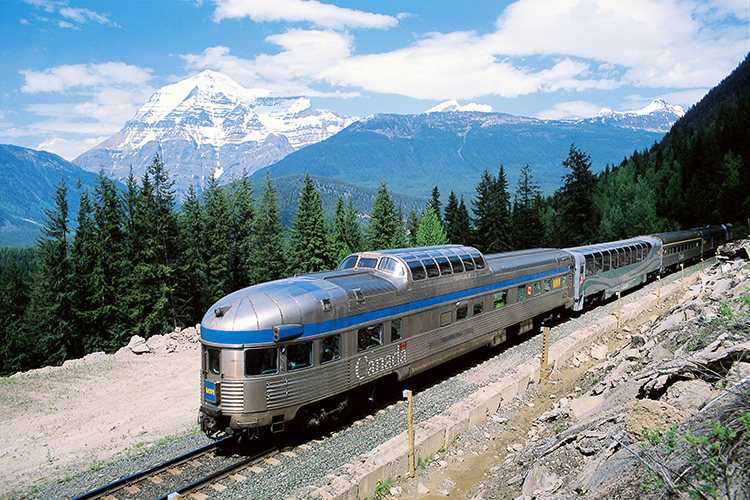
But it’s a comfortable classroom. When the Canadian debuted in 1955 this flagship train was a prime example of railway style: stainless-steel carriages outfitted with art-deco furnishings, 360-degree observatory domes and spacious sleeping cars. Since then little has changed, and now it’s a bit dated in an appealing kind of way. The train’s interiors, while regularly refurbished, maintain the cutting-edge fifties décor, and smartly-dressed crew members still announce dinner in person, rather than over the PA system. And the train’s elegant restaurant offers up gourmet meals of anything from prime rib of beef to pan-roasted halibut, plus wines to drink while the train rocks and sways through the countryside.
Vancouver to Toronto (4466km, 83 hours, The Canadian)
The Canadian departs late on the Vancouver-to-Toronto leg, so travelers have to wait until the next morning to enjoy the scenery: flashes of green (the ubiquitous pine trees), mountain peaks (with the exception of Mt Robson – the Rockies’ highest peak, which, unfortunately, is usually in the clouds), dozens of river valleys and waterfalls, and animals like grazing elks and, with any luck, grizzly bear (train staff will announce sightings). The train passes through Jasper National Park and Mount Robson Provincial Park (with Banff and Yoho National Parks to the south, easily accessible from Jasper on the Icefields Parkway, Hwy 93). Just before the town of Jasper, where there’s a ‘whistle stop’, the route slides through the spectacular Yellowhead Pass whose crest forms the border between Alberta and British Columbia. This leg of the route has the best view of the train winding around the tracks, framed by mountain peaks and pine trees.
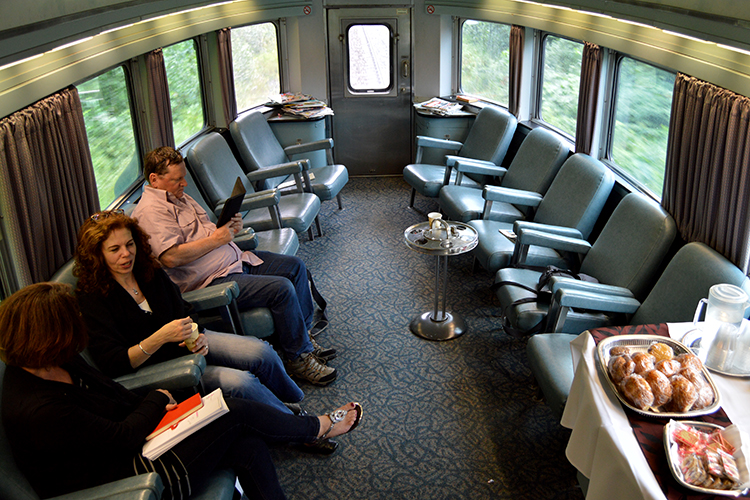
The scenery changes significantly when, around three hours out of Jasper, the train emerges into vast prairieland that continues for miles – across Alberta, Saskatchewan and Manitoba, also known as the breadbasket of Canada. Yellow canola flowers, hemp and flax form massive carpets of colour. Wooden grain elevators stand like track sentinels – striking landmarks against the flat landscape where, locals joke, they can see a stray dog running away for three days. Onward to Toronto, where the birch trees are replaced by maple trees, and there’s lots of ponds and holiday cabins (especially in the pretty Muskoka region).
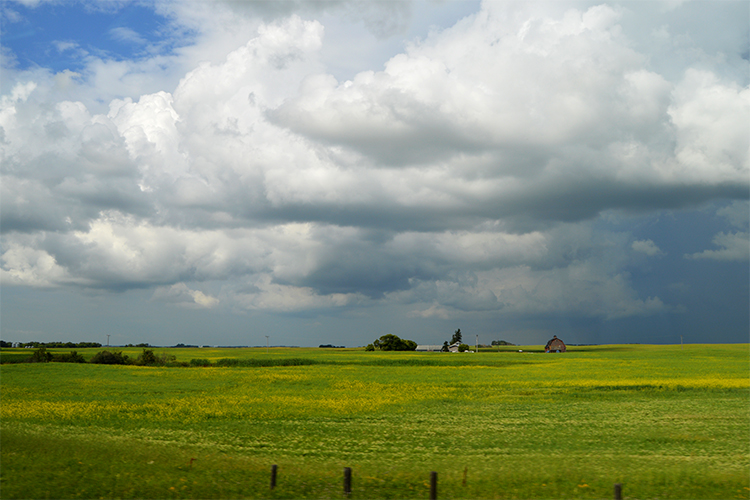
Montréal to Halifax (1346km, 20 hours, The Ocean)
This two-day, one night journey passes runs along the St Lawrence Gulf to Nova Scotia’s eastern coast. Travelling west to east, evening falls just after the train leaves Quebec, and here, too, riders miss some of the scenery. Morning, however, reveals the beautiful Gulf of St Lawrence (a few are lucky enough to spot whales in the St Lawrence River). From here it’s vista overload: from water (the train crosses the wide Miramichi River, famous for its Atlantic salmon); to the Sugarloaf Mountain, an ancient volcano; then on to quaint Acadian communities that fly blue and red flags. And speaking of colours, fall is a stunning time to do this trip: the leaves turn into rich reds, golds and yellows.
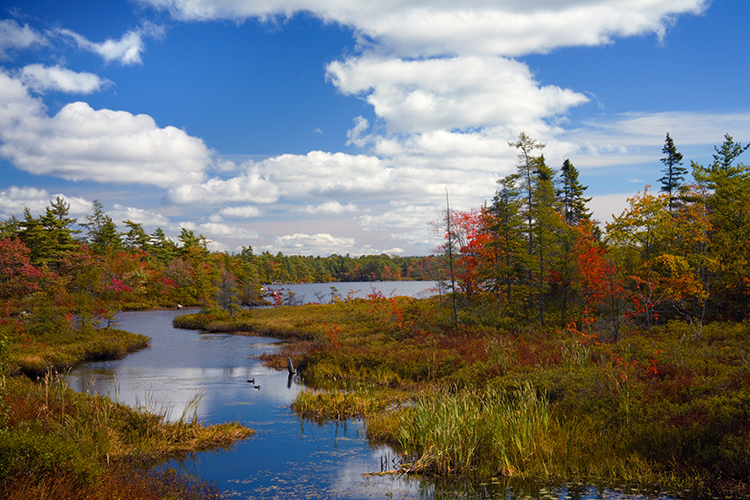
Winnipeg to Churchill (1,700km, 36 hours)
We’ll be upfront about this extraordinary two-day, two night journey from Winnipeg to the waters of the Hudson Bay: it is considered a ‘remote service journey’ for good reason. Once you are north of the tiny town of Gillam, there is no road or plane access. The train is an essential lifeline for the First Nations people whose communities are accessible to the route. This means that along this section, anyone can come up to the track along the route, hold up their hand and the driver is obliged to stop and let them on and off. (Oh, the only stipulation? Canoes cannot be over 18 feet long.)
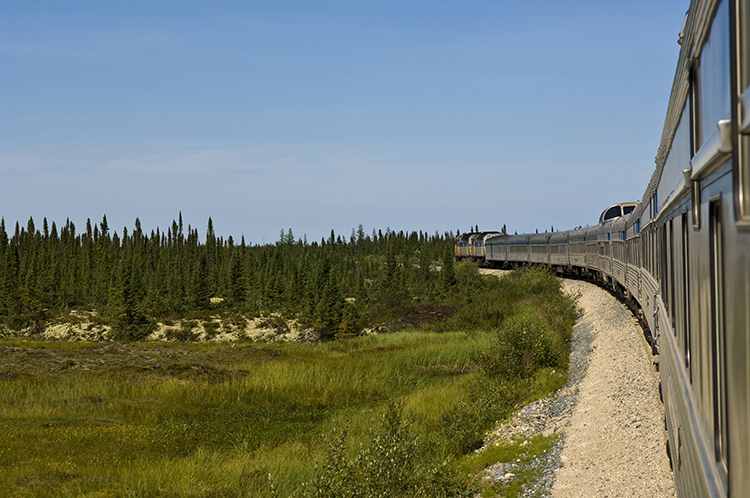
From here, the landscape gradually morphs into tundra: an expansive, treeless, flat muskeg (Algonquin word for bog). It’s slow going here – the train track dips and shifts because of an extraordinary 12 metres of permafrost that thaws and freezes repetitively. As for those strange white poles in the landscape? They’re tripods supporting communication posts. If you’re lucky, you might spot herds of caribou and, closer to Churchill, polar bears. And there’s more: keep your blinds up at night – this is the place to be dazzled by the Aurora Borealis (Northern Lights).
Planning Tips
On board tips for a more comfortable trip